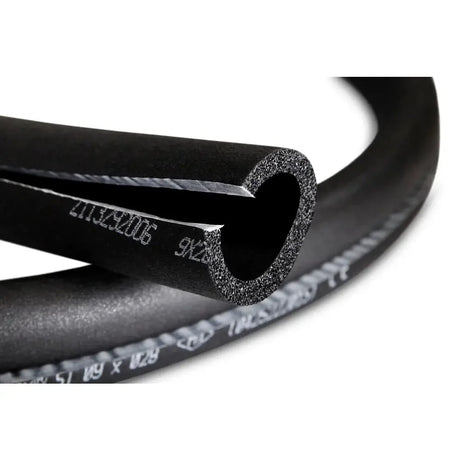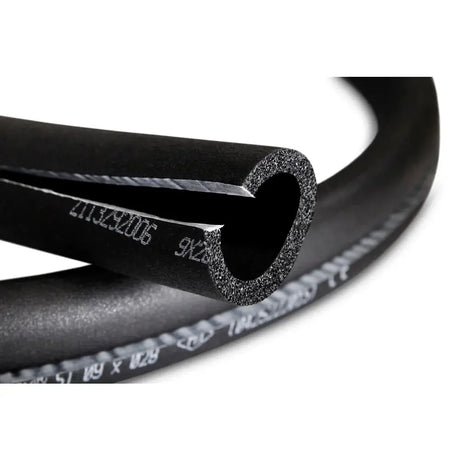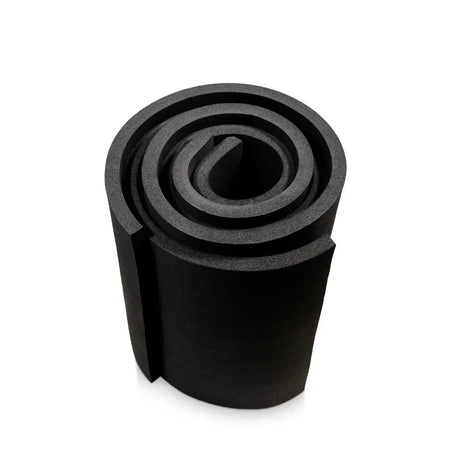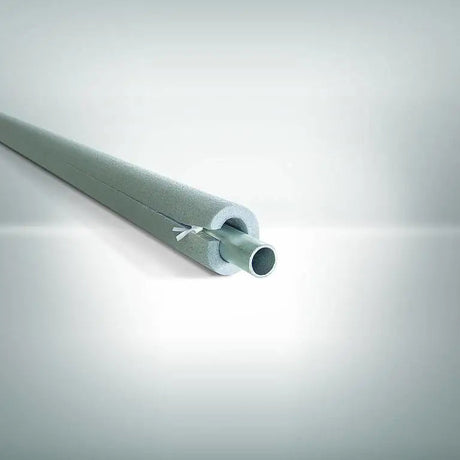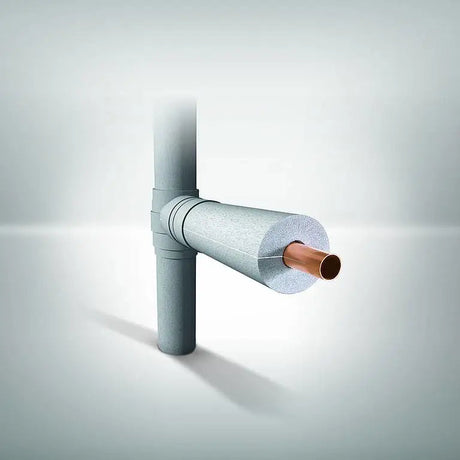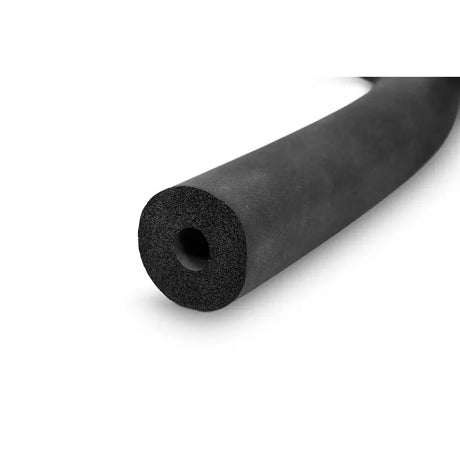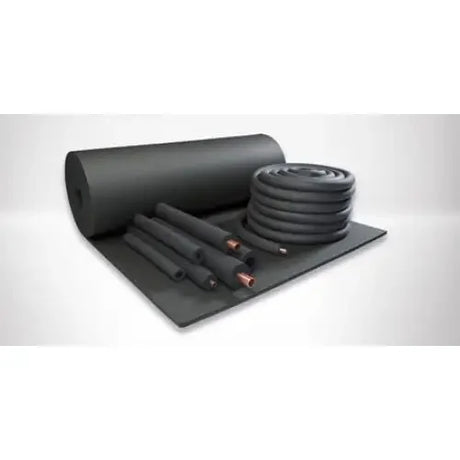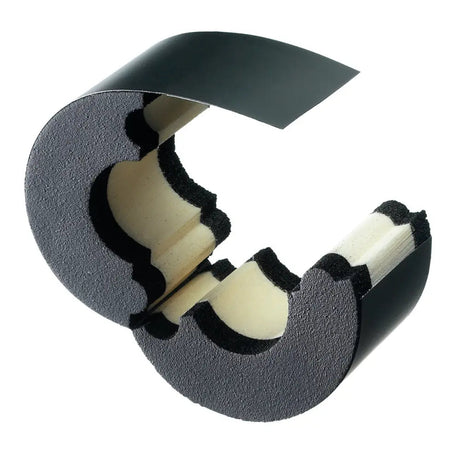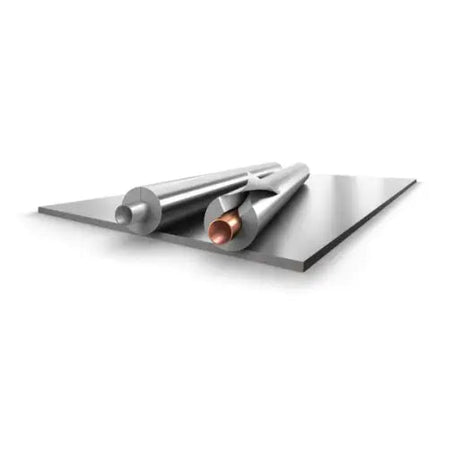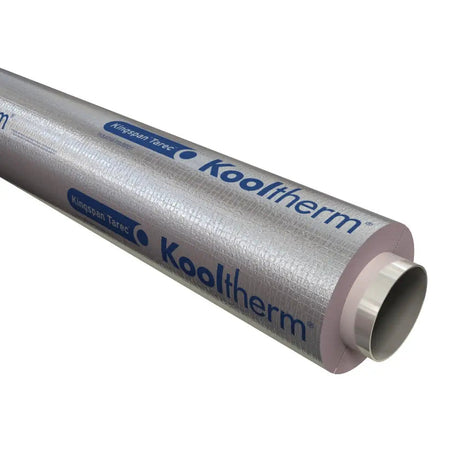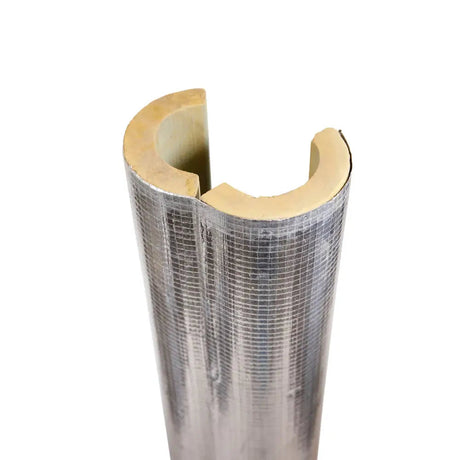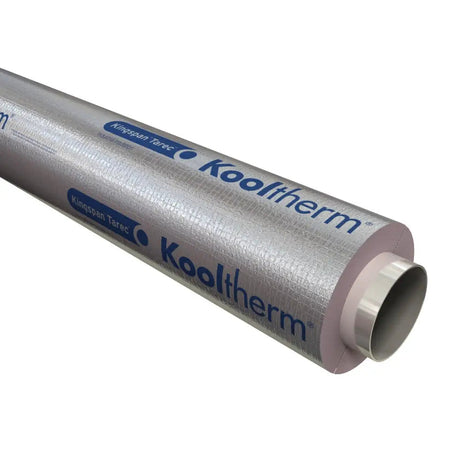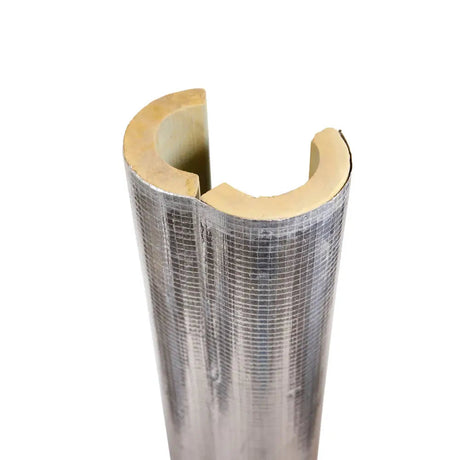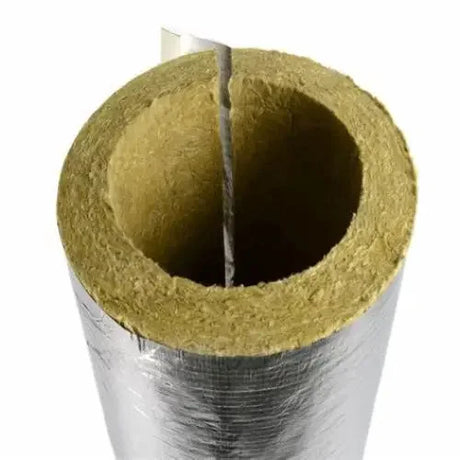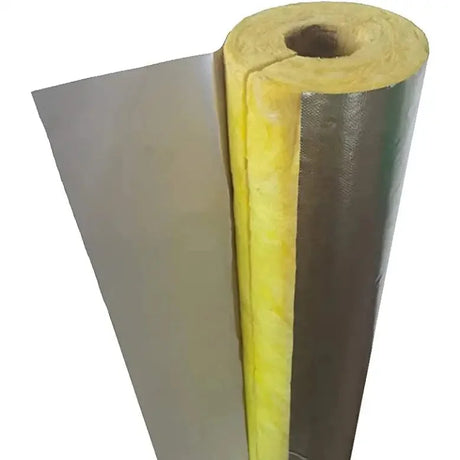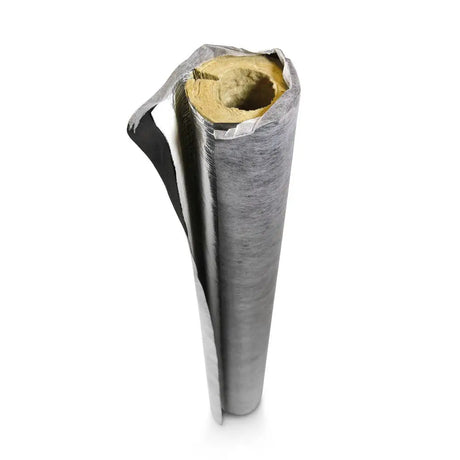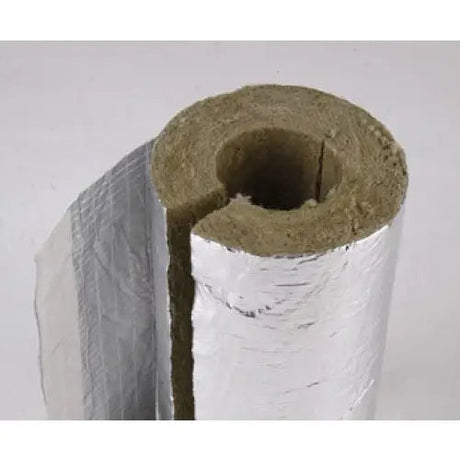Armacell
Armaflex Elastometic Nitrile Rubber Pipe Lagging Self Seal Tube (2m length)
From £250Unit price /UnavailableArmacell
Armaflex Pipe Insulation - Self Seal (Factory Cut to 1m)
From £187Unit price /UnavailableBackorderedArmacell
Armaflex Sheet Insulation Lagging Black Foam Class O Nitrile Rubber (0.5 x 2m rolls)
From £4235Unit price /UnavailableArmacell
External Use Armaflex (Kaiflex) Pipe Insulation (Black 2m)
From £851Unit price /UnavailableIsover
Fiberglass Pipe Insulation / Lagging (Foil Covered) (1.2m)
From £605Unit price /UnavailableKaiflex Protect
Kaiflex Protect Alu-TEC Covering 1060x25 [26.5 Sqm]
£51726Unit price /UnavailableIn stockKaiflex Protect
Kaiflex Protect F-Alu Covering 1040x25 (26 Sqm)
£62432Unit price /UnavailableIn stockRockwool
Rockwool (Paroc) Foil Faced Pipe Insulation/Pipe Lagging (1m)
From £438Unit price /UnavailableRockwool
Rockwool (Paroc) Pipe Insulation in PIB Cladding
From £1334Unit price /UnavailableIn stockInsulation & More
Unbranded Mineral Wool Pipe Insulation/Lagging (Foil Covered)
From £504Unit price /Unavailable
Achieve Superior Efficiency and Savings with Advanced Pipe Insulation
Properly insulating your pipes is a proven way to boost your building's energy efficiency. At Insulation & More we provide a broad range of top-tier pipe insulation products to minimize heat loss, avoid condensation, and protect your plumbing from temperature extremes. Read on to learn how upgrading your pipe insulation can help you realize major energy savings while optimizing your HVAC and plumbing system performance.
Why Insulate Pipes?
Insulating pipes delivers numerous vital benefits:
Cut heat loss - Uninsulated pipes waste huge amounts of energy via heat transfer and radiation. Insulation forms a barrier to reduce these heat losses.
Prevent condensation - Insulation lessens surface temperature fluctuations that cause water vapor to condense on pipes. Condensation can lead to corrosion and mold.
Maintain temperatures - Properly insulated pipes assist in maintaining the temperature of the fluids flowing in the system. This improves performance.
Save money - Lessened heat loss equals lower energy bills. Efficiency gains also reduce expenses for system maintenance and repairs.
Control noise - Pipe insulation absorbs sound and vibration, resulting in a quieter environment.
Safety - Insulation prevents burns by keeping surface temperatures within a safe range.
Which Pipes Should Be Insulated?
All pipes transporting fluids above ambient air temperature should be insulated, including:
- Hot water heating pipes
- Chilled water cooling pipes
- Refrigerant lines
- Steam and condensate lines
- Plumbing pipes and drains
- Radiant floor heating pipes
Even small hot water pipes typically benefit from insulation. Bare pipes waste energy and money while making your building uncomfortable. Outdoor pipe insulation or external pipe lagging is especially important for pipes exposed to the elements.
Types of Pipe Insulation
We offer all the major types of pipe insulation to suit your specific needs:
Fiberglass - Fiberglass insulation is composed of fine glass fibers bonded with an adhesive. It provides good insulation, noise reduction, and fire resistance at a low cost.
Mineral Wool - Mineral wool insulation is fabricated from molten slag or rocks spun into fibers. It delivers superb fire resistance and temperature performance.
Elastomeric Foam - Flexible, cellular rubber insulation that is moisture-resistant and straightforward to install. Provides efficient insulation and noise reduction.
Polyethylene Foam - Rigid or flexible plastic foam that insulates well at a very affordable price. Limited temperature range.
Phenolic Foam - Rigid foam with extremely low thermal conductivity for superior insulation performance. Often utilized for chilled water and refrigerant lines.
Calcium Silicate - A rigid pipe insulation material made from limestone, sand, and cellulose. Offers high-temperature ratings up to 1200°F. Excellent for steam lines.
Our insulation experts can recommend the ideal product for your specific piping systems and requirements, including uv resistant or waterproof options for outdoor pipe lagging. We stock insulation for all standard pipe sizes from 1⁄4” to 36” diameter. Many materials are available in pipe sections, sheets, and rolls.
Ensure Proper Installation
The key to achieving maximum efficiency with any pipe insulation is proper installation:
Use the appropriate thickness for the pipe size and application. Insufficient insulation results in excessive heat loss.
Seal all seams and joints thoroughly to prevent gaps that enable heat transfer. Use the recommended adhesive, sealant or jacket tape.
Pay special attention to valves, elbows and hangers which are common areas for air gaps if not insulated properly.
Use vapor-barrier facings when required to prevent moisture issues.
Follow manufacturer specifications for cutting, bending, and securing the insulation.
Insulate the entire pipe length for maximal performance.
Our team can provide certified installation services or advise your in-house staff. Proper insulation installation is vital for efficiency, safety, and longevity.
Protecting Pipes Exposed to the Elements
For pipes located outdoors or otherwise exposed to the elements, external pipe insulation is essential for protecting against temperature extremes, weather, and physical damage. Insulation & More offers durable and weather-resistant exterior pipe lagging tailored for harsh outdoor environments.
Unlike indoor pipe insulation fitted inside the pipe, external pipe lagging encircles the exterior of the pipe. This robust insulating material is specially engineered to endure UV radiation, moisture, and mechanical damage. The thickness of outdoor lagging exceeds indoor insulation, providing enhanced thermal performance.
We supply exterior pipe insulation solutions for various applications including:
- Hot and chilled water lines
- Steam and condensate pipes
- Plumbing and drainage systems
- Chemical and gas lines
- Industrial process piping
Our range of outdoor pipe lagging includes acrylonitrile butadiene rubber (NBR), ethylene propylene diene monomer (EPDM) rubber, and polyolefin foams. These provide excellent resistance to temperature extremes, oxidation, ozone, and weathering.
For the best protection, our team can assess your exterior piping and specify the optimal exterior pipe insulation system. Proper installation is also critical to prevent water ingress. Contact us today to keep your outdoor pipes efficiently insulated against the elements.
Realize the Savings from Pipe Insulation
Updating outdated or missing pipe insulation provides significant returns via energy savings and improved system performance and reliability. Insulation & More offers free insulation assessments to identify problem areas. We also help building owners quantify potential savings and recommend cost-effective solutions, including affordable exterior pipe lagging options.
Contact us today to discover how our high-performance pipe insulation products can help you reduce energy waste, lower costs, and create a more comfortable indoor environment. Our experts are ready to partner with you.
Top FAQ About Pipe Lagging
What temperature should pipes be insulated to?
In most cases, any pipe carrying fluids above ambient air temperature should be insulated. This includes hot water pipes above 60°C (140°F), chilled water pipes below 12.8°C (55°F), steam lines above 121°C (250°F), and refrigerant lines. Insulation helps maintain the fluid temperature.
Does pipe insulation reduce noise?
Yes, pipe insulation can significantly reduce noise from plumbing systems. Materials like elastomeric foam absorb vibrations and sound. This creates a quieter environment.
Can you install pipe insulation yourself?
Pipe insulation can be installed DIY if you have the right tools and follow manufacturer guidelines. However, hiring a professional ensures proper installation for maximum efficiency and safety. Complex jobs involving vapor barriers and outdoor insulation benefit from an expert.
Does pipe insulation contain asbestos?
Modern pipe insulation materials like fiberglass, foam, and mineral wool do not contain asbestos. However, asbestos was used in some older insulation. Testing is recommended before removing or disturbing old insulation.
What thickness of pipe insulation should I use?
Pipe insulation thickness depends on the pipe size, temperature, and application. Larger pipes, high temperatures, and outdoor conditions demand thicker insulation. Follow manufacturer recommendations for your specific situation. Insufficient insulation results in energy loss.
How long does pipe insulation last?
With proper installation and maintenance, quality pipe insulation materials can last 15-25 years. Materials like elastomeric foam provide long-term durability. Damage, UV exposure, and moisture reduce lifespan.
Can you put insulation over existing pipe insulation?
Yes, you can install new insulation over existing materials, assuming the insulation is in good condition. This may be done to increase insulation levels or replace damaged outer layers. Proper prep and seals are needed to prevent condensation issues.
Does pipe insulation contain formaldehyde?
Some types of insulation, notably fiberglass, can contain formaldehyde-based binders. Look for low-VOC fiberglass or alternative materials if this is a concern. Proper handling and ventilation minimizes exposure during installation.
Should plumbing pipes be insulated?
Insulating plumbing pipes helps maintain water temperature, reduces condensation buildup, and decreases heat loss. Hot water pipes and supply lines should be insulated. Cold water pipes may also be insulated in certain climates and applications.
Does pipe insulation need a vapor barrier?
In some applications, a facing or jacket on the insulation provides a vapor barrier to prevent moisture issues. Common materials are aluminum foil, vinyl, and plastic wraps. Vapor barriers are particularly important on cold or refrigerant lines.
Can you paint pipe insulation?
Painting pipe insulation is generally not recommended, as it can affect the insulation's performance and longevity. A better option is to purchase pre-colored insulation or install a pre-finished insulation cladding system if aesthetics are a primary concern.
Is fiberglass pipe insulation safe to touch?
Exposure to fiberglass can cause skin, eye, and respiratory irritation, so caution is advised. Long sleeves, gloves, and a mask should be worn. Wash with soap and water after handling. Properly installed pipe insulation should not release fibers.
What is the R-value of pipe insulation?
The R-value depends on the insulation material and thickness. For example, 1" fiberglass pipe insulation typically provides an R-value around R-4 per inch. Doubling the thickness doubles the R-value. Higher R-values give better thermal performance.
Can you use automotive antifreeze on hydronic heating pipes?
No, automotive antifreeze should never be used in a hydronic heating system. Only chemicals made for hydronic systems, like propylene glycol, should be used as they are non-toxic. Automotive fluids can corrode pipes and emit hazardous fumes.
What is the best way to weatherproof outdoor pipe insulation?
Outdoor pipe insulation requires weatherproofing to protect against UV rays, moisture, and physical damage. A PVC jacket or aluminum cladding works well. All seams and joints should be sealed with waterproof tape or mastic. Insulation ends should be capped.


